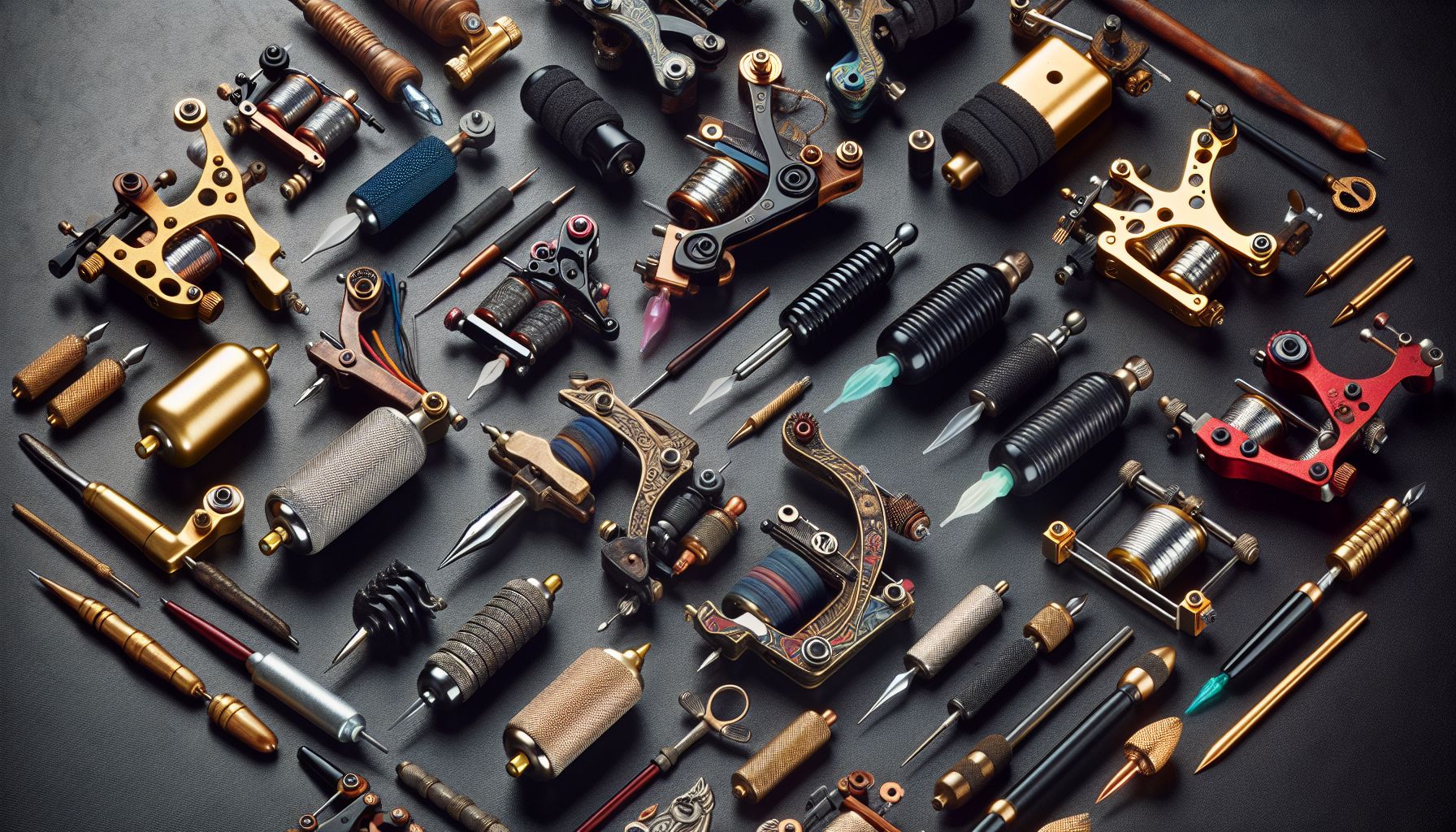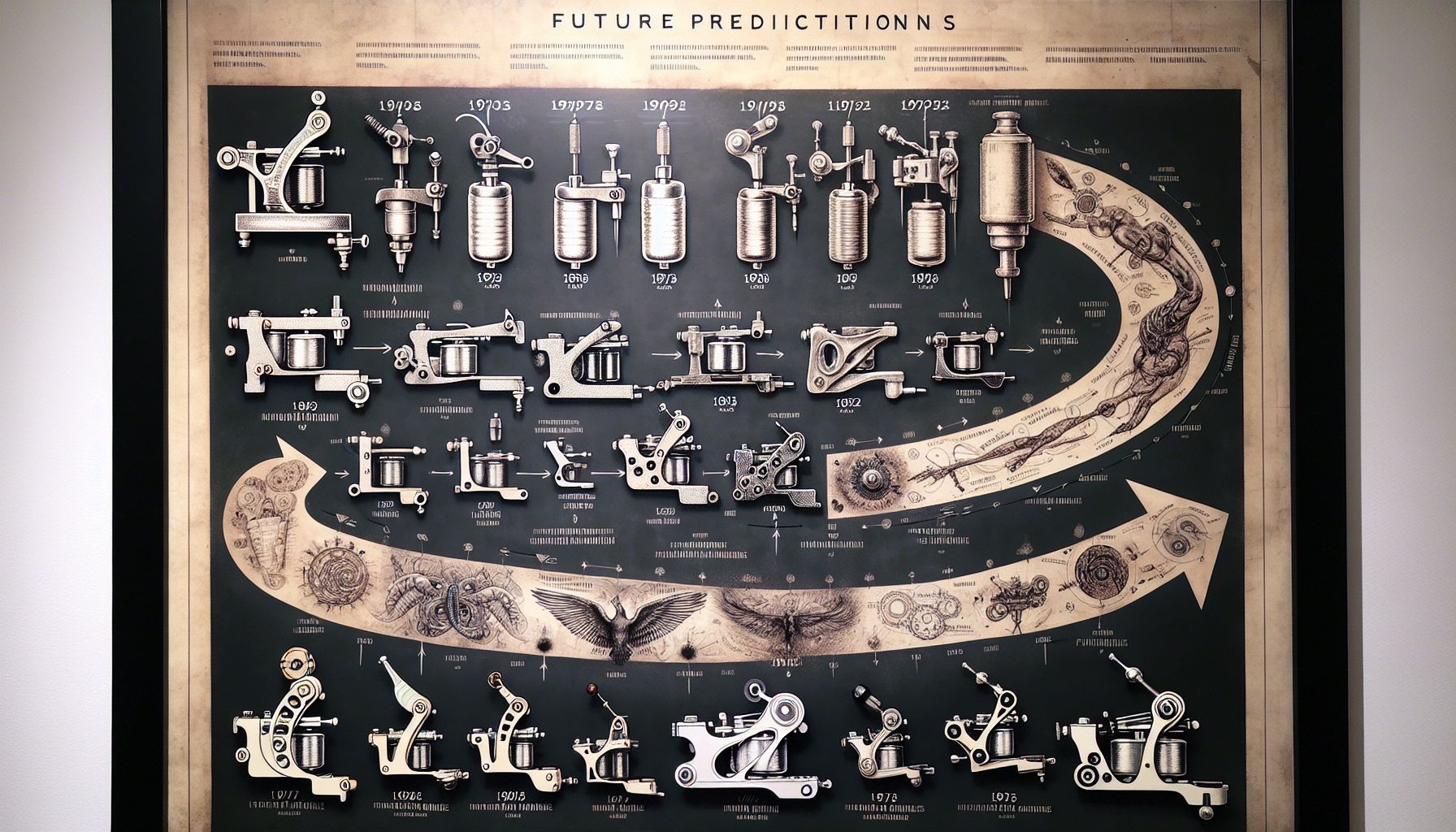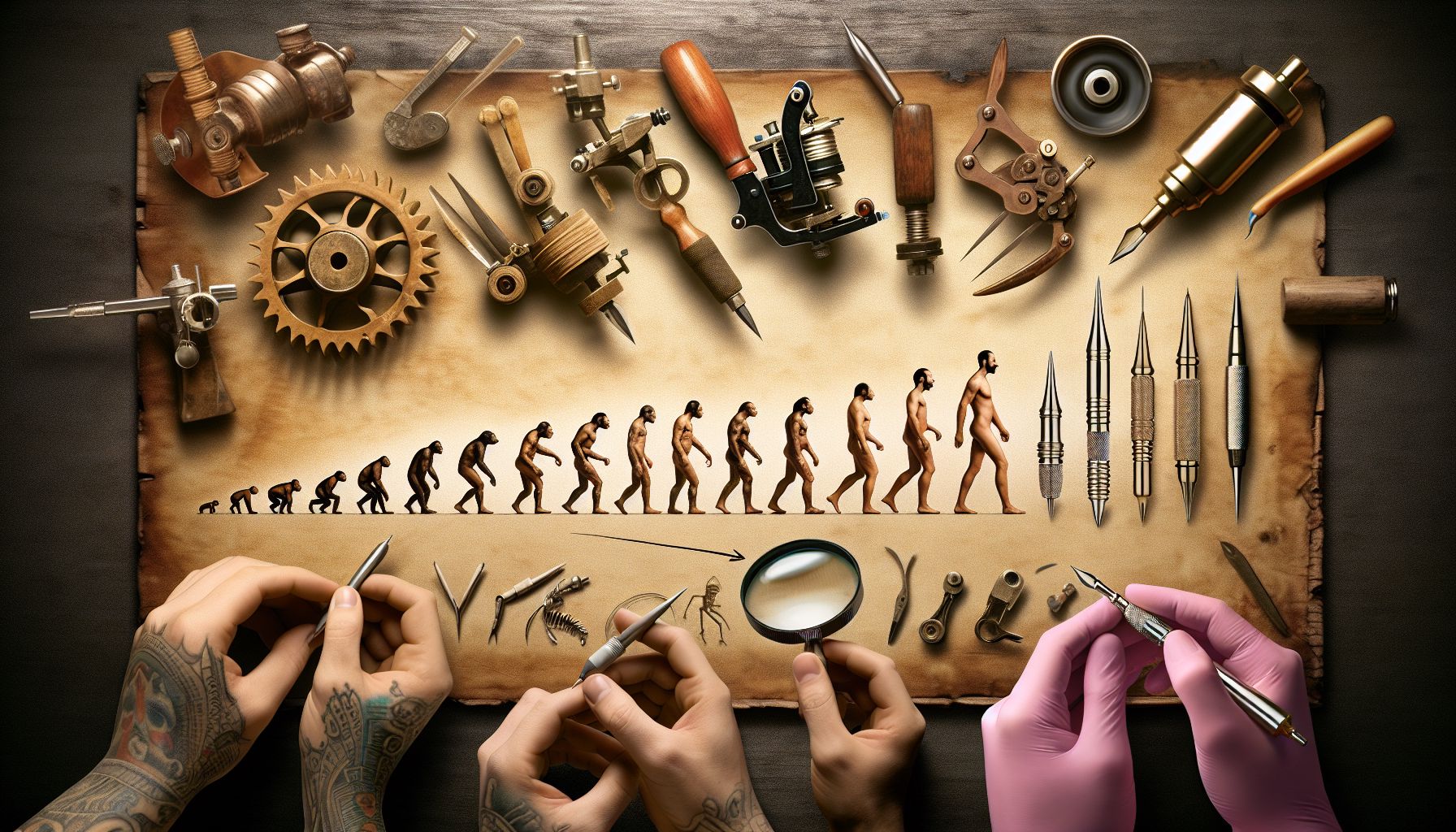When you think about tattoo supplies, the first image that often comes to mind is the buzzing tattoo machine deftly held in an artist’s gloved hand, etching a design onto the skin with precision and care. The tattoo machine is not just a tool; it’s the heartbeat of our industry, the essential piece of equipment upon which every tattoo artist relies. No matter how skilled the artist, without a reliable tattoo machine, the canvas remains blank, and the art unexpressed.
My journey with tattoo machines has been long and intricate, spanning back to the days when coil machines reigned supreme and the thought of a rotary machine was just a whisper on the edges of industry chatter. With years of experience using, modifying, and even repairing these intricate devices, I’ve seen firsthand how the tattoo machine has evolved from a heavy, cumbersome piece of equipment to the sleek, versatile devices available today.
The Humble Beginnings
In the early days, tattoo machines were a significant investment. They were heavy, loud, and vibrated so much that after a long day of tattooing, your hands felt numb. You, as a tattoo artist, had to have a deeper understanding of your machine—how to dismantle it, tweak the coils, adjust the contact screw, and even replace the springs. It was as much a craft of engineering as it was of artistry.
Coil Machines: The Vintage Workhorses
Coil machines are like the classic cars of the tattoo world. They have a characteristic buzz that serves as the soundtrack to traditional tattoo shops. These machines operate using electromagnetic coils which move the armature bar, and in turn, the attached needle. Their versatility is unparalleled; you can adjust a coil machine to be a liner or shader by changing the springs, contact screws, and other components.
However, it’s worth mentioning that the learning curve with coil machines can be steep. They require regular maintenance and a good understanding of their mechanics for optimum performance. The adjustments can be finicky, but to the seasoned artist, this level of control is desirable for achieving specific artistic effects.
The Rise of Rotary Machines
Enter the era of rotary tattoo machines—a revolution that changed the game for artists worldwide. These machines are lightweight, remarkably quiet, and generate less vibration. The principle behind them is straightforward; a small motor rotates a cam wheel, which in turn moves the needle up and down. The simplicity of this mechanism means they are more user-friendly and low-maintenance.
Rotary machines have made tattooing more accessible. They’re plug-and-play, which is perfect for artists at the start of their career. Moreover, the consistent motion of rotary machines lends itself to smoother lines and shading, which is crucial for styles like realism that require precise detail.
Pneumatics and Digital Advances
The evolution didn’t stop at rotary machines. Pneumatic tattoo machines made an appearance, utilizing air pressure to move the needle. While they didn’t take off as expected—primarily due to their costly setup involving air compressors—they showcased the innovative spirit of the industry.
Now, we’re seeing the digital integration into tattoo machines with features like adjustable needle frequencies, stroke lengths, and even machines that can remember your settings for specific parts of a tattoo.
The Personal Touch
As someone who’s used both coil and rotary machines extensively, I’ve developed a personal kinship with each type. Coil machines gave me an understanding of the fundamentals, the importance of rhythm, and the tactile feedback that can only come from a machine you’ve tuned yourself. They’ve taught me patience, precision, and the appreciation of a well-shaded area.
Rotary machines, on the other hand, have granted me the freedom to work for hours without worrying about fatigue. They’ve allowed me to expand my artistic reach into styles I wouldn’t have approached with a coil machine because of the finesse and control they offer.
Choosing the Right Machine
When it comes to buying tattoo machines, the market is flooded with options. From custom-built coil machines to sophisticated rotary pens, there’s something out there for every artist and every style. But, as with all tattoo supplies, quality varies significantly. It’s crucial to research, read reviews, and if possible, test machines before making a purchase.
Understanding the nuances of each type of machine and how it aligns with your style of tattooing is essential. Are you looking for the versatility and traditional feel of a coil machine, or do you prioritize the ease and precision of a rotary? Maybe you’re exploratory and wish to try newer technologies on the market?
Parting Wisdom
Never underestimate the importance of investing in a good tattoo machine. It’s not just about having the right tool for the job; it’s about having an extension of yourself that translates your vision into reality on the skin. Maintenance and care of your machines are equally important. A well-tuned machine can last decades, becoming a cherished part of your tattoo journey.
Embrace the history behind the machines even as you look toward the future. Tattooing is an ever-evolving art form, and the machines are a testament to this progression. Whether you’re an industry veteran or starting to make your mark, remember that the heart of your craft lies not only in your artistic skill but also in the tools you wield.
In conclusion, as we continue to sell and advocate for high-quality tattoo supplies, let us also continue to share knowledge and personal stories that make our industry vibrant and unified. Whether you sway toward the traditional buzz of a coil machine or the hum of a rotary, let your art speak through the strokes made by these incredible devices that keep pushing our creative boundaries.



